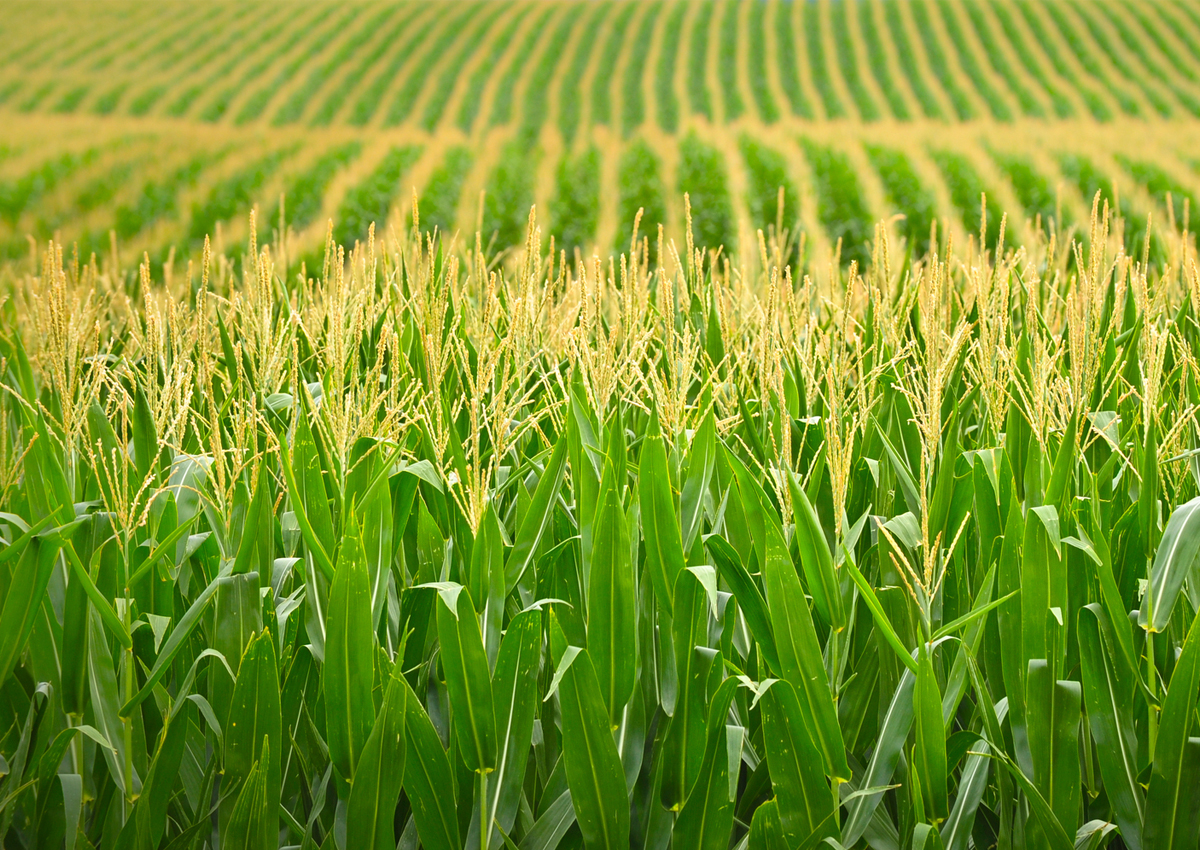
Two Ancestors Led Maize to Success
December 7, 2023| |
Scientists have settled that maize was domesticated about 9,000 years ago in the lowlands of Mexico from a subspecies of teosinte called parviglumis. In a paper published in Science, a team of geneticists reported that maize has a second wild ancestor, a highland subspecies of teosinte called mexicana.
The team from the United States, China, and Mexico led by researchers at the University of California Davis analyzed the genomes of more than 1,000 samples of maize and wild relatives and found that about 20 percent of existing maize varieties worldwide come from mexicana, which hybridized with maize some 4,000 years after people first domesticated the plant.
These findings indicate that while maize was domesticated around 10,000 years ago, it was not until 4,000 years later when it hybridized with highland teosinte, that maize became a popular crop and food staple. This finding is also supported by archaeological evidence of the increasing importance of maize during the same time.
For more details, read the article in UCDavis News or the paper in Science.
| |
You might also like:
- New Tool Helps Strip Down Corn Ancestor's Traits for Research Exploration
- Long Lost Chromosome Increases Nitrogen Efficiency of Modern Maize
- Maize was Domesticated in the Lowlands of Mexico 8,700 Years Ago
Biotech Updates is a weekly newsletter of ISAAA, a not-for-profit organization. It is distributed for free to over 22,000 subscribers worldwide to inform them about the key developments in biosciences, especially in biotechnology. Your support will help us in our mission to feed the world with knowledge. You can help by donating as little as $10.
-
See more articles:
-
Plant
- Two Ancestors Led Maize to Success
- Knockout of Sugar Transporter OsSTP15 Improves Grain Yield in Rice
- Australian OGTR Receives Application for Field Trial of GM Wheat and Barley
- Genes From Wheat Improves Plant Growth of Sorghum
-
Food
- FAO Champions Agrifood Systems as Key to Climate Solutions, Releases Report on Loss and Damage
- Market Watchers Project Bumper Harvests with GM Maize and Soybeans Approvals in China
-
Health
- Stem Cell–Derived Cells Enhance the Glucose Control of Patients With Type 1 Diabetes
-
Environment
- ISAAA Inc. Awards Winners of BioteKomiks Contest
-
Read the latest: - Biotech Updates (December 10, 2025)
- Gene Editing Supplement (December 17, 2025)
- Gene Drive Supplement (February 22, 2023)
-
Subscribe to BU: - Share
- Tweet

